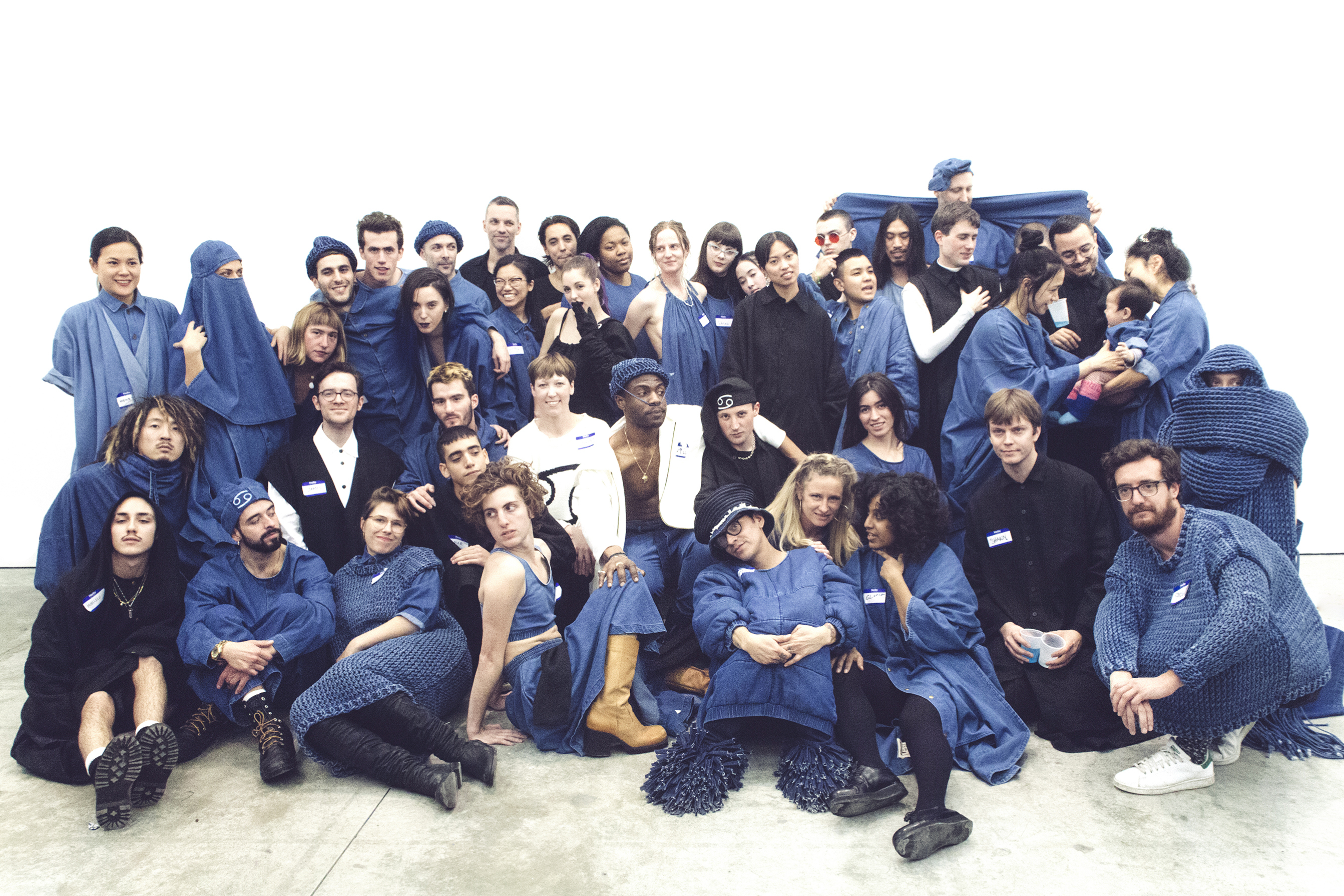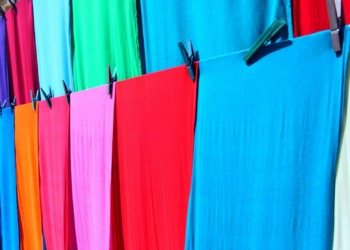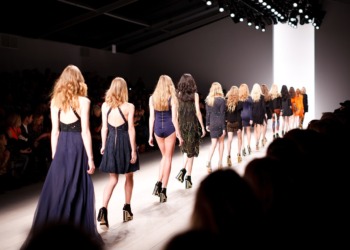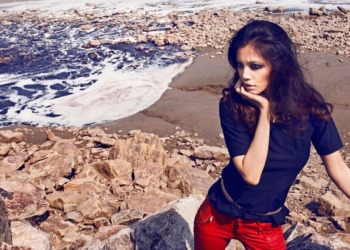In the past couple of years, androgyny in fashion has risen alongside a growing discussion about gender identity. More and more people are expressing themselves on a spectrum of gender that doesn’t adhere to the binary norm, with clothes as a major vehicle for such self-expression.
2015 was a big year for identity politics, especially in terms of gender. Dictionary.com made “identity” their word of the year while the American Dialect Society’s word of the year, “they,” is the preferred gender pronoun for many people who do not identify as particularly male or female. Trans issues have become a part of the daily news while trans models and actors have come into the spotlight to the applause of many.
Transgender director (of the Matrix trilogy) Lana Wachowski was recently cast as the face of Marc Jacobs’ Spring/Summer 2016 campaign while Hari Nef, a trans woman signed to IMG models in June 2015, walked in the Gucci Fall/Winter 2016 menswear show in Los Angeles. Jaden Smith, the 17 year-old son of actors Will Smith and Jada Pinkett Smith, who does not identify as trans, became the face of Louis Vuitton womenswear in early 2016 as well.
Fashion has always reflected social trends, cementing a certain movement in a certain sort of appearance. Clothes makers and fashion producers move forward symbiotically with the sentiment of the people, both pulling inspiration from the masses and providing them with what they demand – new styles to reflect their ideals. The heads of fashion become advocates and often participate in the movements themselves, incorporating a philosophy directly into their lines.
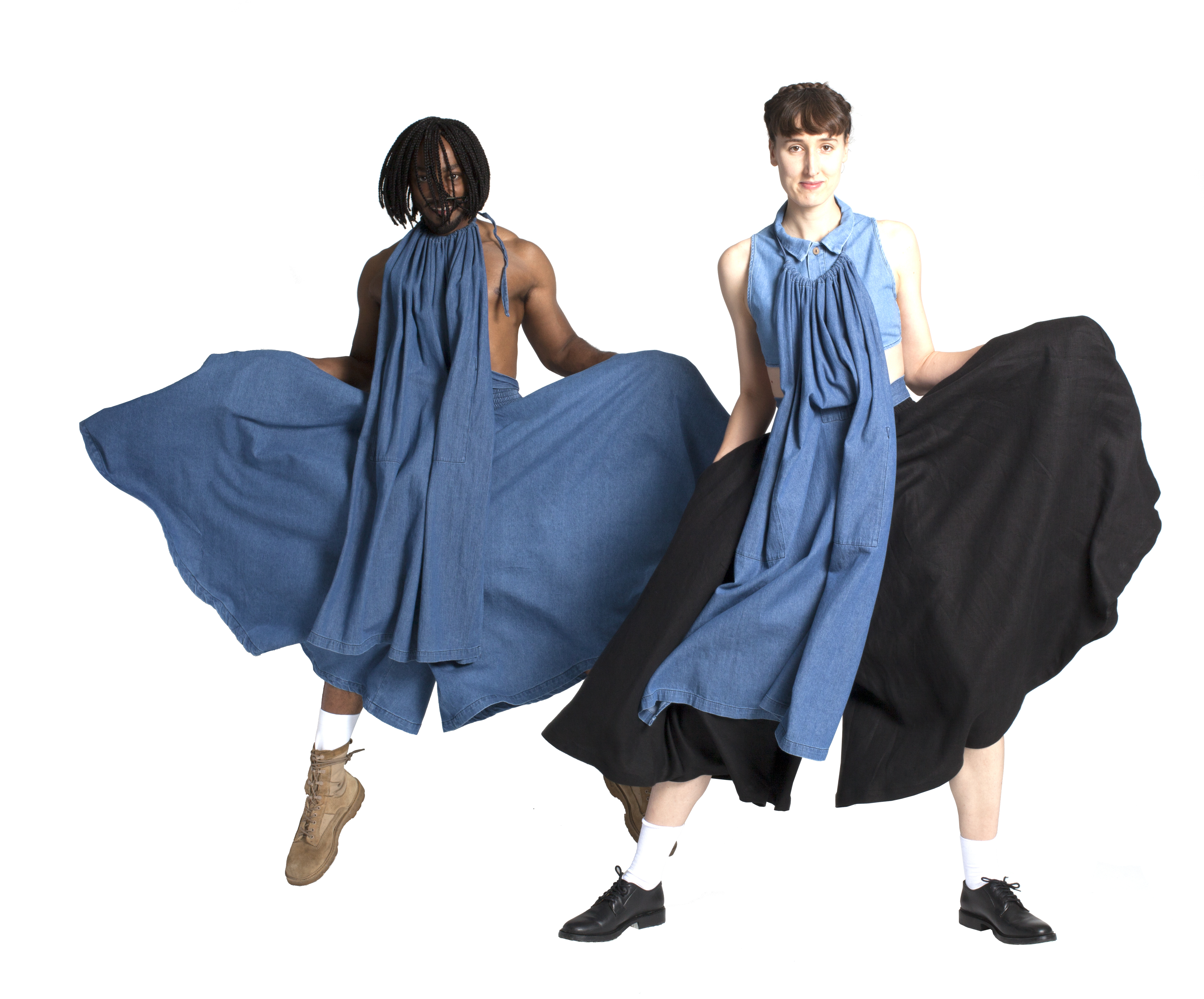
69 is a clothing brand that is designed and manufactured in Los Angeles and describes itself as nondemographic. This means that every garment designed and carried by 69 are not made for either a man or a woman, any intended race, or even, in large part, a single body type. This last demographic category, body type, is perhaps the most interesting that 69 clothing equalizes.
69, like any brand, has a range of clothing that comes in different sizes. What sets them apart from other brands, however, is that they offer garments that aim to erase some of the typical size distinctions buyers are familiar with. For instance, the Cocoon Dress currently available on 69’s website is available in a size labeled “extra small/small/medium” while the Whatever Dress comes in a “medium/large” option. According to the head designer, it is important not to presume that a specific body type or gender so that “every body can relate to or wear the clothing.”
The fashion industry has long been able to accept and celebrate genderfluidness with popular purveyors that date back as far as the 1960’s such as the recently deceased David Bowie and, a decade later, musician Grace Jones. Even today when it comes to body type, however, the fashion industry constantly comes under fire for hiring only extremely thin and tall models and then photoshopping their bodies to not only unrealistic but impossible proportions for editorials.
It is important not to presume a specific body type or gender so that every body can relate to or wear the clothing.
At the same time, racial diversity in model casting remains a blight on the fashion industry’s reputation – an issue supermodels Naomi Campbell and Iman actively speak out against. While consumers of high fashion brands are increasing in diversity, the catwalks are still predominantly white. In October of last year, the Business of Fashion conducted a survey of 117 runway shows from the New York, London, Milan and Paris Fashion Weeks. Of the 3,875 models that were taken into account, 79.4 percent were white.
The head designer and founder of 69 clothing, who will be referred to as “69,” requested to remain nameless and genderless when reached for an interview. When asked how the brand casts their models, the head designer of 69 reassuringly responded, “friends and friends of friends, whoever is around.” In their most recent collection video for the Spring/Summer 2016 season, 69 casted a diverse range of models of various ethnic backgrounds, personal styles and body types, including a model in a wheelchair. The funky video showing models dancing in 69 clothes to a 1970’s dance hall disco track is a far cry from the homogenous, stone-faced stereotype of a designer runway show.
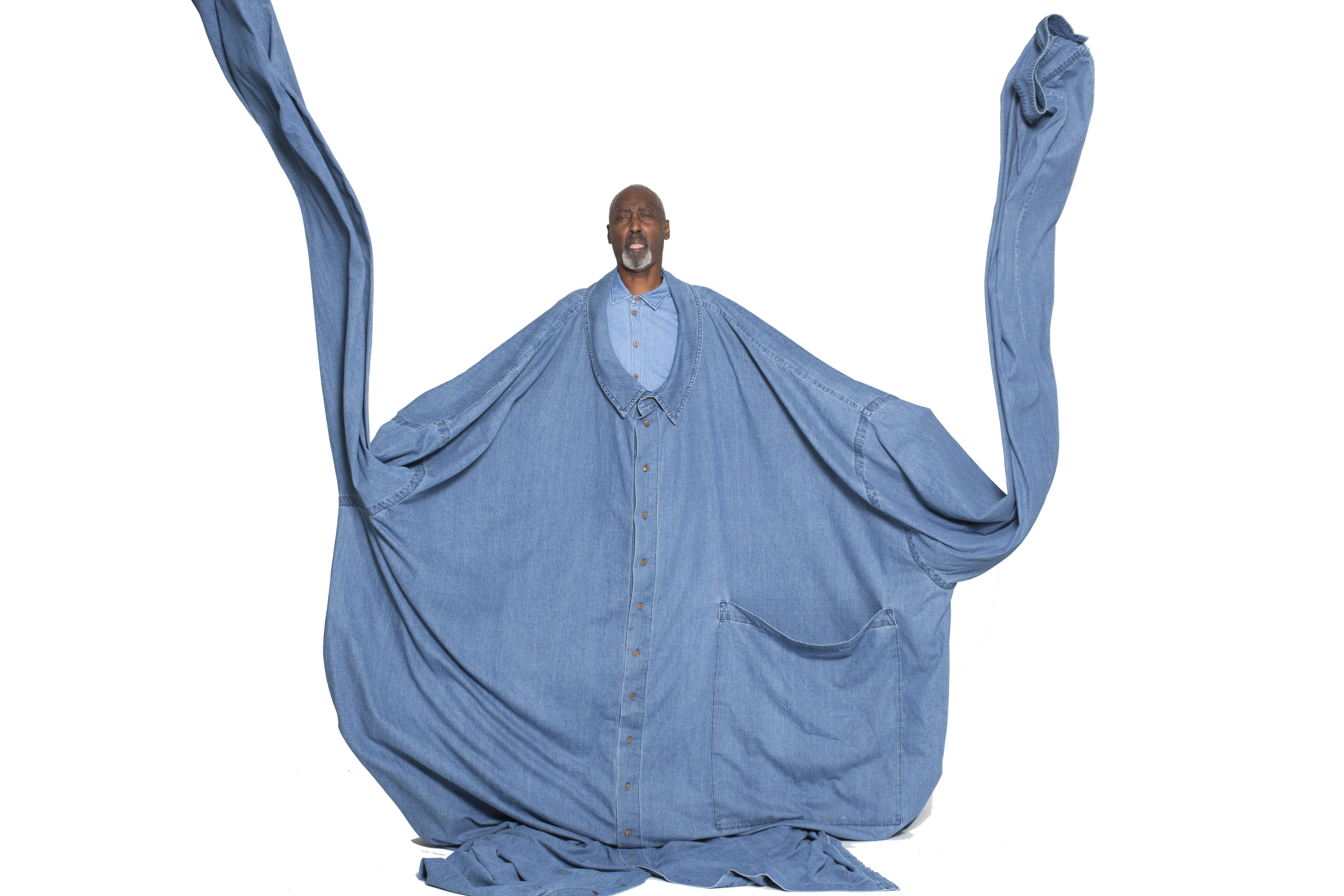
The clothes from 69 tend to be baggy with silhouettes inspired by comfortability. The garments change with the body of the wearer by holding a shape that doesn’t require a certain build to get the right look. The brand works entirely in denim, a fabric that is “anonymous, universal, comfortable and transitional” according to the head designer.
Related Articles: “FLAVNT – A PLACE TO CALL HOME”
“EXPLORING THE MEANING OF GENDER“
It doesn’t take fantasy or a reevaluation of oneself to imagine wearing anything from the 69 line. And that’s the point. 69 has truly touched on the identity zeitgeist of the decade by creating looks that are fresh, new, and cool in a timeless and widely-appreciated fabric like denim. When asked what kind of impact 69 will have in the long run, the designer told me that they “would love for 69 to be synonymous with the lifestyle for every-body.”
The designer’s decision to not only avoid the spotlight but remain completely in the dark reflects the philosophy behind the brand. 69 says that by “remaining anonymous [the brand] is free-er to be everyone’s brand.” By not influencing people’s opinions – consciously or subconsciously – according to the appearance or background of the designer, 69 clothing can appeal (or not) to an unbiased audience.
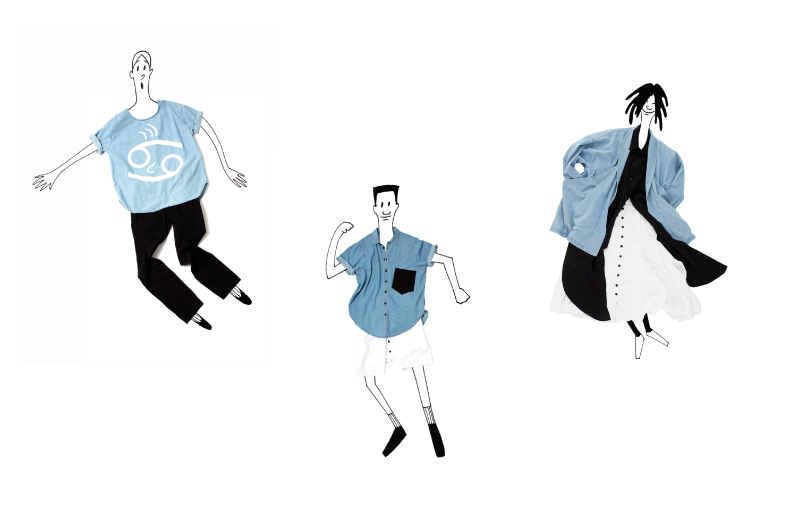
Deconstructing gender roles may be more prevalent than ever, but remains controversial for those who stick to their traditional guns on the matter. When asked if, despite 69’s efforts to blur the lines of gender, the brand still had to market separately to men and women, the designer of 69 responded, “sometimes we do.”
Supporters of the movement are often proponents of boundless self-expression but uncomfortable treading those waters themselves as well. At the end of the day, clothing lines like 69 are achieving small milestones by offering looks that are for “everyone and no one specific.”
_ _
Correction: An earlier version of this article referred the head designer incorrectly, the head designer is in fact known by “69” or “head designer of 69.”


